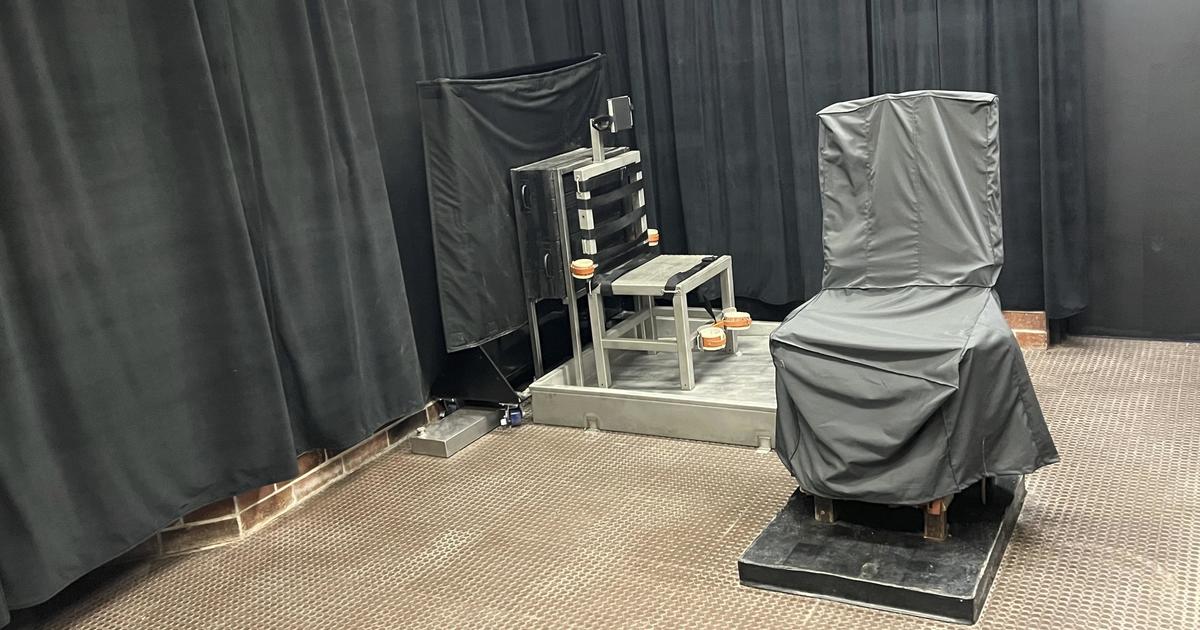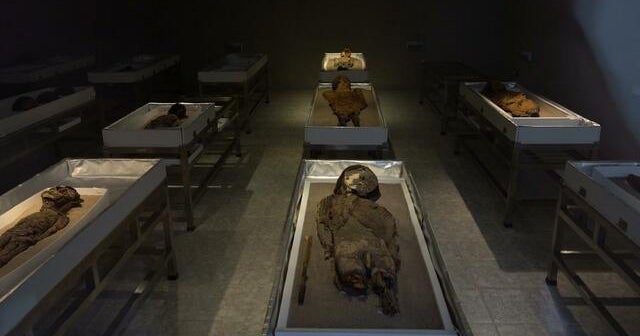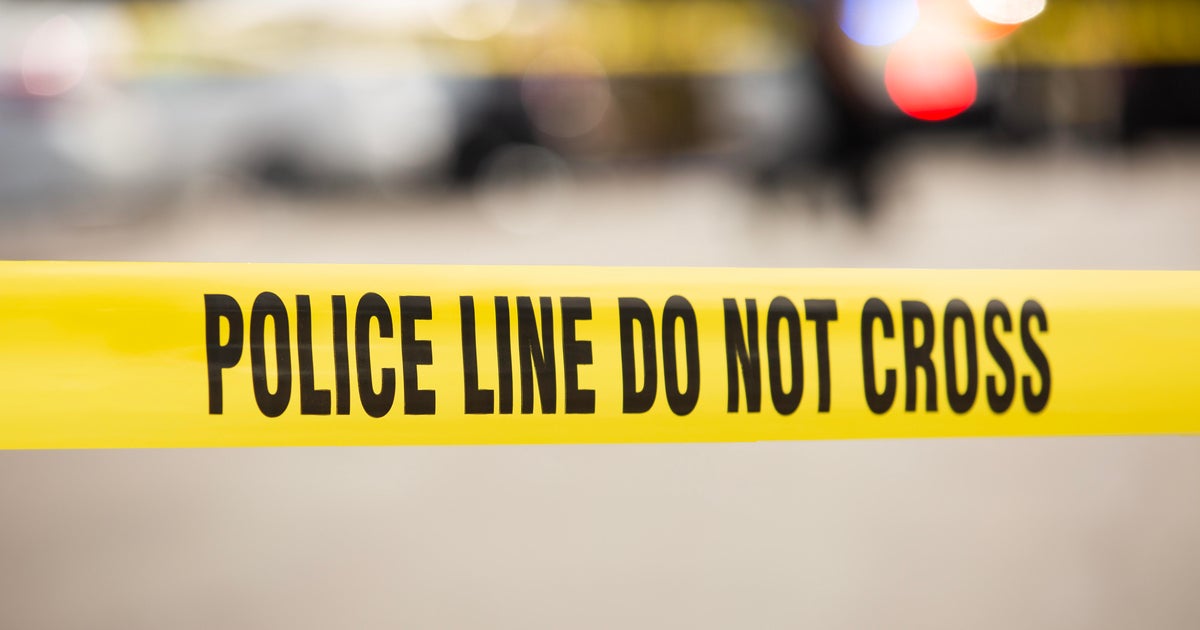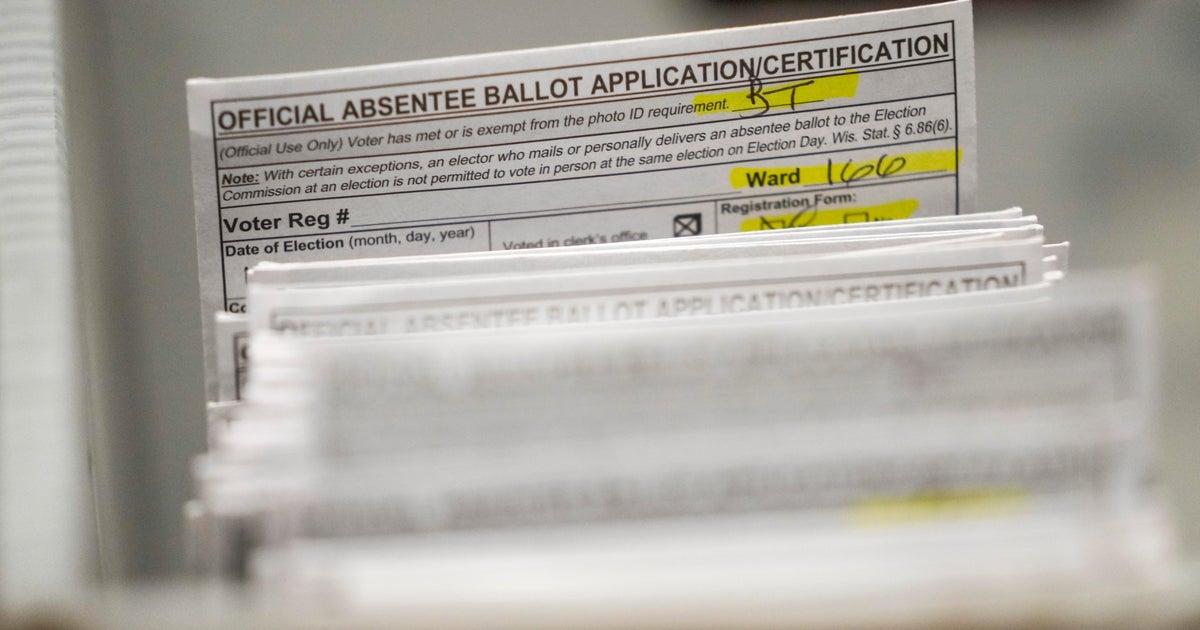CBS News
South Carolina wants to resume executions with firing squad and electric chair, says “instantaneous or painless” death not mandated

Lawyers for a group of death row inmates who have run out of appeals are expected to argue to the South Carolina Supreme Court that two of the state’s execution methods — the electric chair, which is old, and firing squad, which is new — are cruel and unusual punishments.
Attorneys for the four inmates also plan to argue Tuesday that a 2023 law meant to allow lethal injections to restart keeps secret too many details about the new drug and protocol used to kill prisoners.
In the balance are the death sentences of 33 inmates who are on South Carolina’s death row. While there hasn’t been a formal moratorium, the state hasn’t performed an execution in nearly 13 years after the drugs it used for lethal injection expired and companies refused to sell more to prison officials unless they could hide their identities from the public.
A nationwide shortage of lethal injection drugs has led other U.S. states to add new execution methods to their death penalty protocols. Alabama just executed one condemned inmate by nitrogen hypoxia, a method that it authorized in the wake of a string of botched lethal injections that two death row prisoners survived. The controversial method had never been tested before inside the death chamber when Alabama used it to execute Kenneth Eugene Smith last month, but it is one of three states, along with Oklahoma and Mississippi, that technically allows executions via asphyxiation by nitrogen gas.
No legislation has been proposed in South Carolina to add nitrogen gas.
South Carolina says all three execution methods allowed in the state — electrocution, lethal injection, and now, firing squad — fit existing protocols. “Courts have never held the death has to be instantaneous or painless,” wrote Grayson Lambert, a lawyer for Gov. Henry McMaster’s office.
If the Supreme Court justices allow executions to restart and any additional appeals are unsuccessful, South Carolina’s death chamber, unused since May 2011, could suddenly get quite busy.
Four inmates are suing, but four more have also run out of appeals, although two of them face a competency hearing before they could be executed, according to Justice 360, a group that describes itself as fighting for the inmates and for fairness and transparency in death penalty and other major criminal cases.
The state asked the Supreme Court to toss out a lower court ruling after a 2022 trial that the electric chair and the firing squad are cruel and unusual punishments. The justices added questions about last year’s shield law to the appeal and Tuesday’s arguments.
Circuit Judge Jocelyn Newman sided with the inmates whose experts testified prisoners would feel terrible pain whether their bodies were “cooking” by 2,000 volts of electricity in the chair, built in 1912, or if their hearts were stopped by bullets — assuming the three shooters were on target — from the yet-to-be used firing squad.
South Carolina’s current execution law requires inmates to be sent to the electric chair unless they choose a different method.
Lawmakers allowed a firing squad to be added in 2021, as part of the same law that restarted the state’s use of the electric chair. The law that made electrocution South Carolina’s default execution method, if lethal injection drugs were unavailable, also codified death by firing squad as an alternative option for condemned inmates. South Carolina’s first scheduled execution by firing squad was scheduled for April 2022, but the state’s highest court issued a temporary order to stop it from happening. Mississippi, Oklahoma and Utah also allow executions by firing squad.
On the shield law, attorneys for the inmates argue South Carolina’s law is more secretive than any other state. They said prison officials should not be allowed to hide the identities of drug companies, the names of anyone helping with an execution and the exact procedure followed.
South Carolina Department of Corrections via AP, File
In September, prison officials announced they now have the sedative pentobarbital and changed the method of lethal injection execution from using three drugs to just one. They released few other details other than saying South Carolina’s method is similar to the protocol followed by the federal government and six other states.
The inmates argue pentobarbital, compounded and mixed, has a shelf life of about 45 days. They want to know if there is a regular supplier for the drug and what guidelines are in place to make sure the potency is right.
Too weak, and inmates may suffer without dying. Too strong, and the drug molecules can form tiny clumps that would cause intense pain when injected, according to court papers.
“No inmate in the country has ever been put to death with such little transparency about how he or she would be executed,” Justice 360 lawyer Lindsey Vann wrote.
Lawyers for the state said the inmates want the information so they can piece together who is supplying the drugs and put them under public pressure to stop.
“Each additional piece of information is a puzzle piece, and with enough of them, Respondents (or anyone else) may put them together to identify an individual or entity protected by the Shield Statute,” Lambert wrote.
South Carolina used to carry out an average of three executions a year and had more than 60 inmates on death row when the last execution was carried out in 2011. Since then, successful appeals and deaths have lowered the number to 33.
Prosecutors have sent only three new prisoners to death row in the past 13 years. Facing rising costs, the lack of lethal injection drugs and more vigorous defenses, they are choosing to accept guilty pleas and life in prison without parole.
CBS News
Driver in deadly July 4th NYC crash arraigned on host of charges

NEW YORK – The man accused of killing three people when drove drunk into a crowd on the Lower East Side on July 4th was arraigned on a host of charges Saturday.
Daniel Hyden of Monmouth Junction, N.J. is charged with aggravated vehicular homicide, aggravated vehicular assault, manslaughter, assault and operating a motor vehicle while intoxicated charges. Hyden was driving with a suspended license, prosecutors said.
According to prosecutors, Hyden, 44, drove a Ford F-150 pickup truck into the crowd at Corlears Hook Park just before 9 p.m. local time. He allegedly ran through a stop sign at the intersection of Water and Cherry Streets, drove up onto the sidewalk, slammed through the chain link fence, and into the crowd.
Eleven people were killed or injured, prosecutors said. The three people killed have been identified as Lucille Pinkney, 59, and her son Herman Pinkney, 38, and Ana Morel, 43. Another person was critically injured, and seven others hospitalized. The youngest victim was 11, according to prosecutors.
Responding police officers say they found Hyden on the ground next to the driver’s-side door, wearing pants but no shirt or shoes. He had bloodshot eyes, was stumbling and there was “a strong odor of an alcoholic beverage on his breath.”
“I hope we get justice”
Photos provided
On Friday, Family members of the victims returned to the scene, some breaking down in tears.
“I hope we get justice for my brother and my mother,” Diamond Pinkney said. “Herman, I love you. I’m going to do you proud.”
“We’re all devastated with this. It breaks my heart, and I’m so sad about it,” neighbor Nereida Garcia said.
CBS News
Archaeologists in Chile race against time, climate change to preserve ancient mummies

The world’s oldest mummies have been around longer than the mummified pharaohs of Egypt and their ornate tombs — but the ravages of time, human development and climate change are putting these relics at risk.
Chile’s Atacama Desert was once home to the Chincorro people, an ancient population that began mummifying their dead 5,000 years ago, two millennia before the Egyptians did, according to Bernando Arriaza, a professor at the University of Tarapaca.
The arid desert has preserved mummified remains and other clues in the environment that give archaeologists information about how the Chincorro people once lived.
The idea to mummify bodies likely came from watching other remains naturally undergo the process amid the desert’s dry conditions. The mummified bodies were also decorated with reed blankets, clay masks, human hair and more, according to archaeologists.
While UNESCO has designated the region as a World Heritage Site, the declaration may not save all of the relics. Multiple museums, including the Miguel de Azapa Archaeological Museum in the ancient city of Arica, put the Chincorro culture on display. Some mummies and other relics are safely ensconced in those climate-controlled exhibits, but the remains still hidden in the arid desert remain at risk.
“If we have an increase in sea surface temperatures, for example, across the coast of northern Chile, that would increase atmospheric humidity,” said Claudio LaTorre, a paleo-ecologist with the Catholic University of Chile. “And that in turn would generate decomposition, (in) places where you don’t have decomposition today, and you would lose the mummies themselves.”
Other clues that archaeologists can find in the environment may also be lost.
“Human-induced climate change is one aspect that we’re really worried about, because it’ll change a number of different aspects that are forming the desert today,” said LaTorre.
Arriaza is working to raise awareness about the mummies, hoping that that will lead to even more preservation.
“It’s a big, big challenge because you need to have resources,” Arriaza said. “It’s everybody’s effort to a common goal, to preserve the site, to preserve the mummies.”
CBS News
7/6: Saturday Morning – CBS News

Watch CBS News
Be the first to know
Get browser notifications for breaking news, live events, and exclusive reporting.









